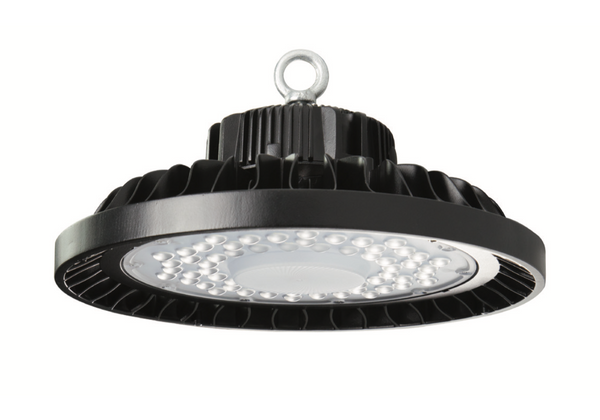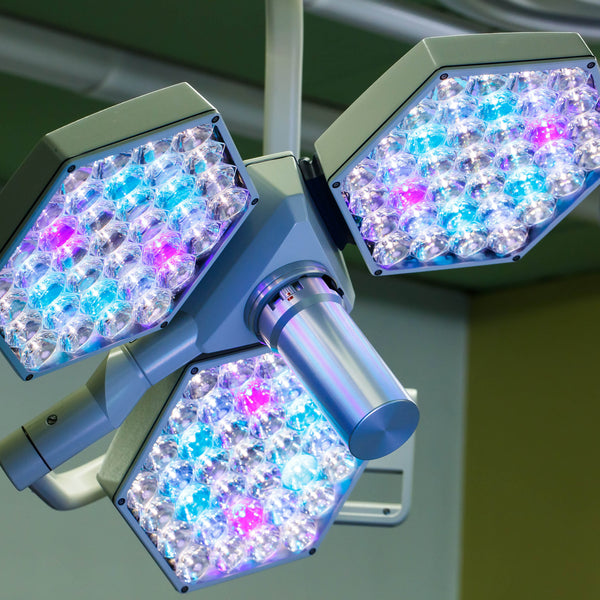Why Cheep High Bays Could Kill You

October 6, 2017
EVER received an email offering unbelievable deals on high-performing lighting? We have. And with international safety certifications, long warranties and a stupidly-low price, who could resist a bargain?
Well some companies have ordered these “too good to be true” high bays to see if they really are the bargain they claim to be. And guess what… they ARE NOT.
A company called LUX choose a high bay with UL certification, a CE mark and a three-year warranty. They paid $15.80 for the high bay. After a bit of email back and forth to clarify the color temperature, delivery charges and payment information, LUX placed the order.
At their first inspection, the mechanical finish was good; there were no sharp edges; the screws were in the right places and it had a decent paint job.
The fixture was lighter than we expected so perhaps there’s a lesson here in how to value-engineer a heatsink.
Four weeks after order, a robust package containing the high bay luminaires thudded on the floor of the Lux office.
But on closer inspection, a few things appeared awry. First, there was no product label.
Second, there was so no sign of the promised UL approval. Or CE requirements. Or power rating. For a fixture with lots of exposed metal, we were also surprised to discover that there was no earth wire in the power lead. However, let’s not hold that against them: it could be a Class 2 double insulated if the appropriate safety design steps have been taken.
A key element in achieving the light weight appears to be the patented driver. But after a sneak peek under the cover, LUX revealed there wasn’t one!
Time to power up the beast. Standing well back, LUX switched it on and it lit up – very brightly – with perhaps a hint of visible flicker.
After a few hours, the unit was still working. The heatsink was hot and there was the smell of paint curing.
We weren’t brave enough to leave the unit powered up for more than a few hours so the next step was to hand the unit over to the experts at the Lighting Industry Association laboratory in Telford, England.
The LIA team subjected the unit to the usual battery of tests required to achieve compliance with EN60598 the fixture standard for Europe and the backbone of any CE certification.
The unit didn’t make it far in to the test routine before the safety testing caused the unit to fail, meaning under certain conditions the casing of the unit becomes live. This is a big deal.
You can imagine a scenario where a few years down the road a unit fails and someone climbs up a set of ladders to investigate why the light is not working, and touches the case.
Shame we didn’t get far enough to see if the unit was 100 lumens per watt. Equally, we couldn’t get any information on color quality and flicker.
CE Mark
Is there one? Has the product been tested by a reputable independent laboratory?
Test report
Is there one? Does the product indicated on the test report match the product you are buying?
Scope
Does the test report cover all of the requirements in terms of safety, performance and EMC?
Labels
Does it have the right labels and logos such as CE mark, double insulation and the recycling mark?
Price
Testing and certification is expensive; a low price is often a sign that corners have been cut. So next time you get an email promising an unbelievable bargain, you’ll know that’s probably what it is: unbelievable.



